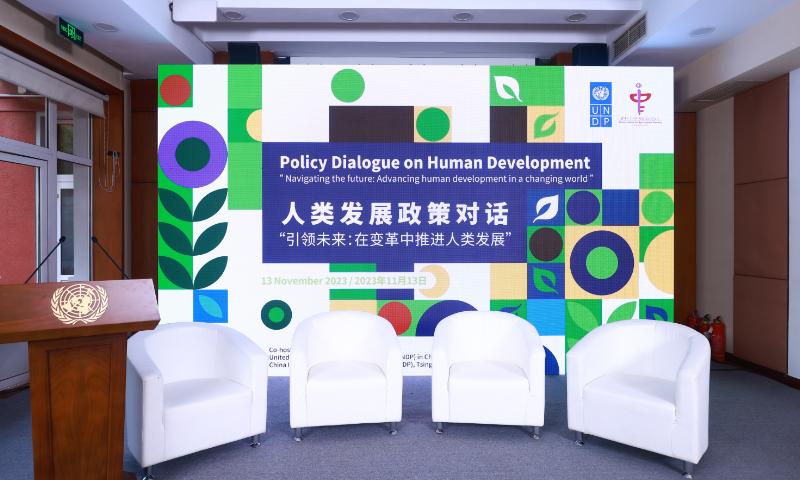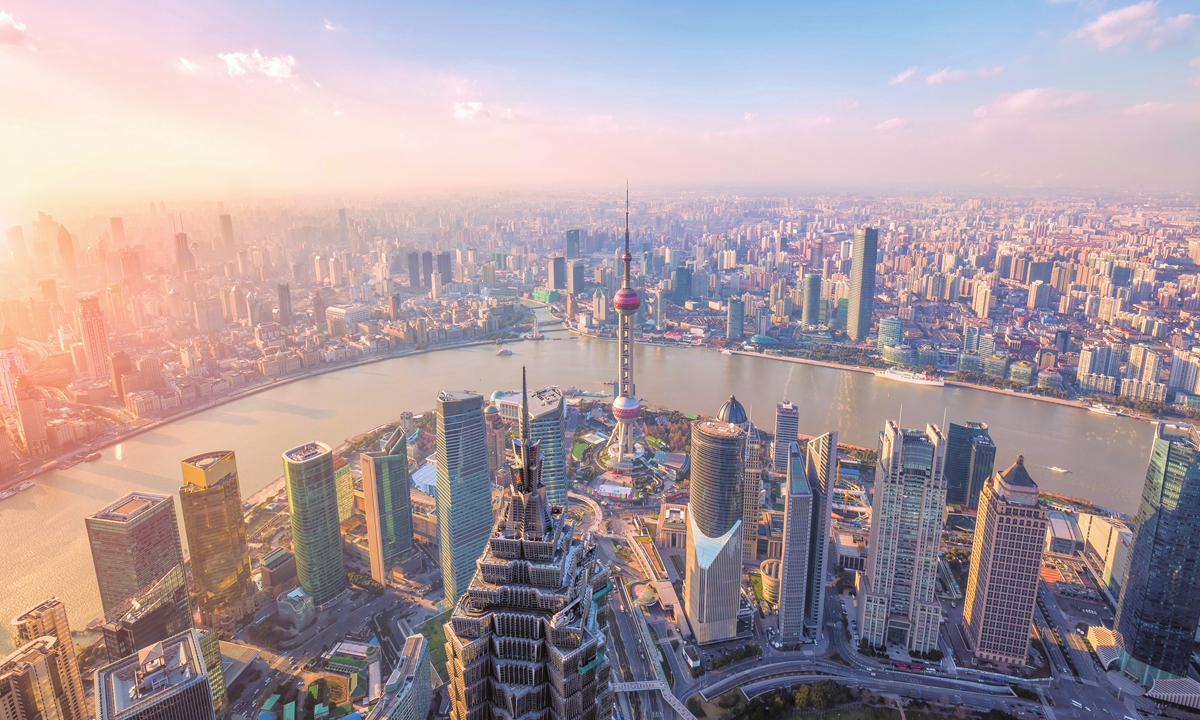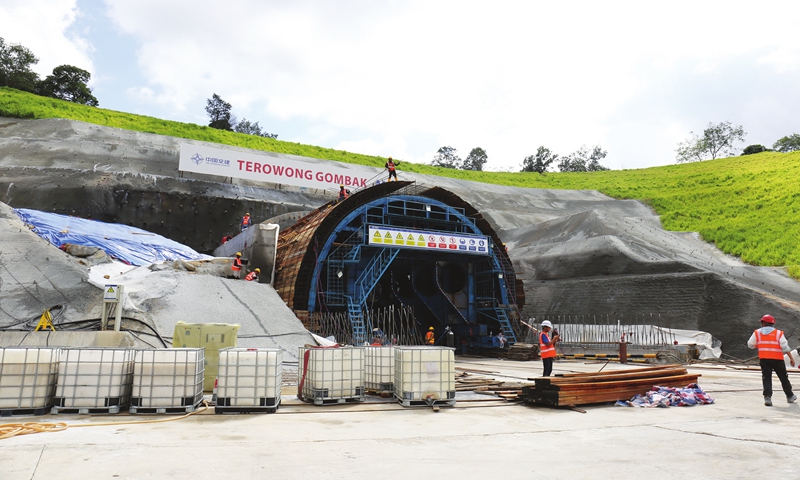
Photo: Courtesy of United Nations Development Programme China
China's rapid evolution serves as a good example of the "right kind of growth" that benefits more people, UN Assistant Secretary General Kanni Wignaraja said at a forum held on Monday in Beijing during her visit to China.
The forum was jointly organized by the United Nations Development Programme (UNDP) in China and the China Institute for Development Planning (CIDP) of Tsinghua University. It came after the release on November 6 of the 2024 Asia-Pacific Human Development Report titled Making our Future: New Directions for Human Development in Asia and the Pacific.
The report paints a picture of long-term progress, but also persistent disparity and widespread disruption. It also predicts a turbulent development landscape and calls for new directions to boost human development.
Based on the report, Chinese and international experts exchanged ideas at the forum on the next frontier of human development in light of global challenges, and discussed approaches for advancing development progress in a time marked by concurrent global crises.
"The world is facing existential threats arising from climate change, wars and pandemics. We can only hope that these are not irreversible," said Wignaraja, who is also UNDP regional director for Asia and the Pacific.
There are significant obstacles to economic growth and job creation amid technological changes and demographic trends, and this can be seen across the world, she noted. And efforts to address these challenges are constantly hindered by increasing political polarization. Against this turbulent landscape, it is critical to re-think our development models and pathways, she said.
Talking about what is the "right kind of growth," Wignaraja stressed it should be growth that generates more decent jobs and creates a more secure future for many more people. This will require inclusive policies that reach inaccessible places, and no longer destroy the environment but manage and protect natural assets as part of the wealth of a nation.
"China's aim of 'high-quality development' looks to move in this direction. If China can show that it can be done, on a large scale, and with more winners and less losers, it is a demonstration to many other countries that we can grow people's prosperity and protect nature and the climate at the same time," she said.
She noted that China's rapid evolution from a global assembly-line to a leading force in design and innovation has been remarkable and serves as a good example in this regard.
Vice Dean of CIDP at Tsinghua University Yang Yongheng introduced some of China's key areas of progress and achievements in the past 10 years at the forum.
Before 1997, China belonged to the low human development level, but by 2010, it had entered the high human development level, which it still maintains today. Currently, the country's Human Development Index (HDI) is approximately 0.768, according to Yang.
The cutoff-points are HDI of less than 0.550 for low human development, 0.55-0.699 for medium human development, 0.70-0.799 for high human development and 0.800 or greater for very high human development, according to the UNDP.
In 2021, due to the impact of the pandemic, among the 196 countries evaluated globally, the HDI values of 156 countries saw a decline. However, China was one of the few countries that still achieved growth, Yang noted.
Looking at the past decade, the three indicators of HDI - life expectancy, education and per capita income - have all seen growth at different levels in China. The life expectancy index has risen by 17 places, the education index has improved by 29 places, and the income index has increased by 38 places, making it the fastest-growing aspect, he said.
At the provincial level, in 2010, only two provincial-level areas in China, Beijing and Shanghai, were classified as having very high human development. However, by 2020, the number had increased to seven, and an additional 23 provinces had entered the high human development level, Yang said. The human development index of Beijing and Shanghai has reached 0.89 percent, close to the average level of Organization for Economic Cooperation and Development countries, he noted.
In his presentation, Director of the Department of Social Development at the Development Research Center of The State Council Li Jianwei highlighted the significant challenges posed by China's low fertility rate and aging population. He emphasized the need to strengthen the implementation of policies that promote childbirth, optimize the development of human capital, and expand training programs for caregivers to effectively address demographic challenges.
According to Li, the population size of China reached its peak in 2022. If there are no enhanced policies in place, the country's population size is likely to continue to decline and, by 2050, it may decrease to 1.3 billion.
The population size of people aged 65 and above is expected to gradually increase from 190 million in 2020 to 464 million in 2050. The population size of people aged 15 and below is estimated to decrease from the current 253 million to 108 million in 2050, Li predicted.



